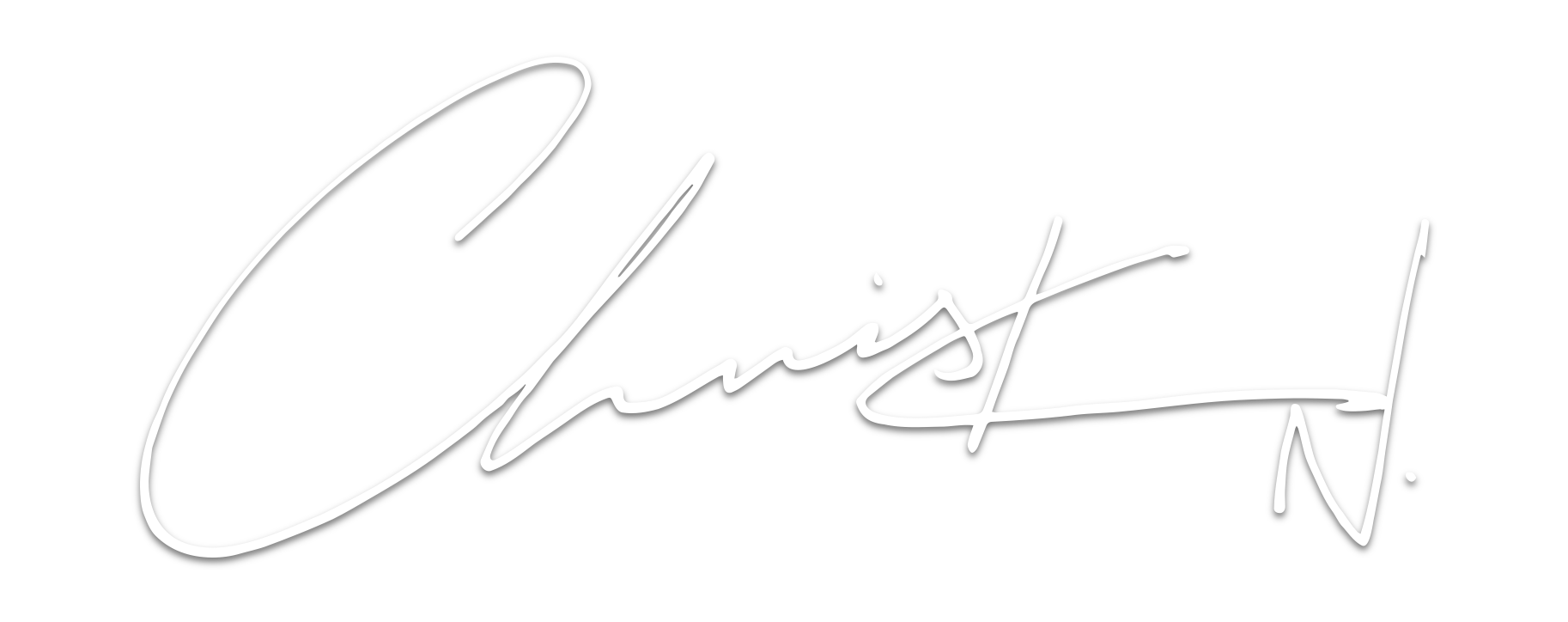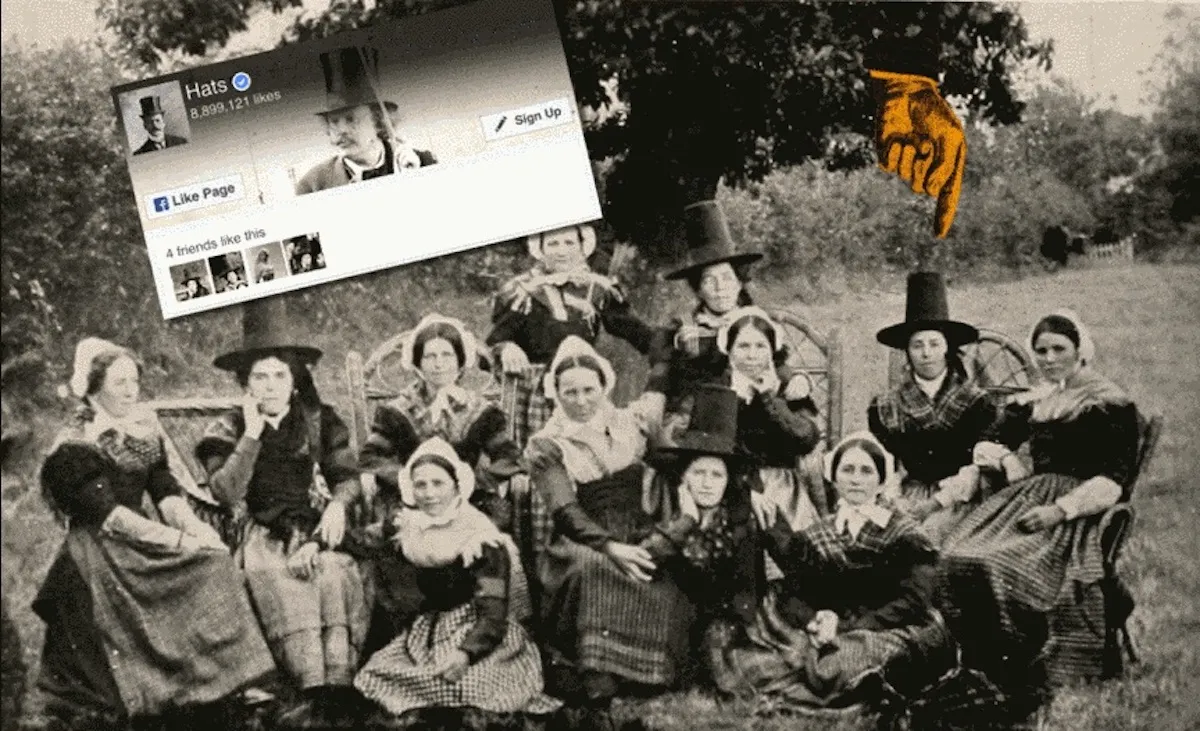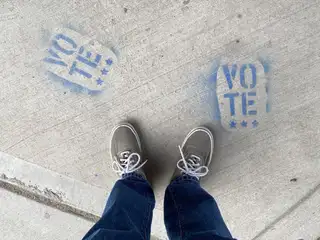
7 Straight-Forward Rules: How to Successfully Market Your Brand
You’re starting a business, you have big ambitions, and you need to quickly make your brand known and loved out in the world, to start bringing in the customers. You should probably pick up a book or two on the topic, but to kick things off, here’s my version of Marketing & Branding 101.
If you’re reading this, I’ll assume that you don’t already have an established brand, and that your budgets are limited (but not non-existent).
If you have a lot of history or money, that could change everything. But if you do, stop reading this. You shouldn’t be looking for marketing advice on Medium, but working one-on-one with experts who can tell you all this.
The two parts of the question
Now, if you’re pretty new to this, you might not have noticed that the post title has two parts: One part is about branding, the other about marketing. They are closely related, but don’t always go together.
It is entirely possible to do good marketing for your product without doing great branding. For many kinds of products and many kinds of companies, that’s probably both easier and cheaper. Brand marketing and brand building is a long game that requires hard work and it is not free.
However, if you have big ambitions for your startup, a trusted and recognizable brand is an exceptionally valuable asset, and a multiplier that will make future marketing efforts that much more effective.
In the long-term, the return on good brand marketing is much higher than just marketing for immediate sales.
So, let’s jump in.
BRANDING
Your brand will be the foundation for everything, so we’ll start with the three most important things to remember when building a brand. Call it a basic brand strategy if you want, but it’s important that this is something that will manifest itself in you and your team and not just live on a piece of paper in a drawer:
1. STAND FOR SOMETHING
The first thing to do, is to get absolutely clear about what your brand stands for, and for whom. People talk about values, mission statements, brand promise, etc.
What it all boils down to is what the brand stands for. It’s about your attitude to the world around you. That is your brand.
If you think it’s hard to find out what you stand for, one way to begin thinking about it is to get clear on what the brand stands against. What are you fighting? (Don’t be afraid to make it emotional. Emotions resonate.)
For example, you might know that you want your brand to be anything but boring, snobbish, and conforming. If that’s something you believe strongly, then be clear about that. Take a stand!
However, to get the kind of focus you need to succeed, you want to be working toward a goal, not away from something negative. So you might turn it around, and decide that your brand should stand for a fun, irreverent, and punky attitude.
It’s hard to synthesize these things, so it should be an authentic (if maybe distilled and slightly exaggerated) representation of who you and your team really are and what you believe in — and not just the artificial result of some process to find an optimal brand identity.
2. GIVE PEOPLE SOMETHING THEY REALLY CARE ABOUT
Once you’ve articulated your attitude, you still need to figure out where your brand (and your products) fits into the market compared to the alternatives (whatever people are doing today, instead of buying your brand).
Is it affordable or exclusive? For beginners or experienced users? The most convenient? The best quality?
Talk to your customers and users about the concerns and problems they have (relevant to whatever you’re selling), find out what they care about (price, convenience, quality, durability, style, etc.), and figure out where along those dimensions your brand has something new to contribute.
You want to be the best representative for something customers care about. There’s absolutely no point in doing pretty much the exact same thing as some other brand is doing — or doing/being less than the other brands.
If you’re not bringing something new or better to the game, you’ll lose — deservedly.
But if you can do the same thing at a lower price, or deliver a new and better experience, or provide higher quality at the same (or even higher) price, or specialize in a way other brands have ignored, or add a punk-rock attitude to a part of the market that’s previously only had boring alternatives, then you may have something — if (and only if) that is something your customers care about.
And if the customers don’t actually care about what you have to offer, you can just stop right here. Game over.
3. KEEP YOU PROMISE. BE THE BRAND.
Now that you know who and what your brand is, both in its own right and in relation to customers and other brands, and now that you know that it is something people care about, you have to make sure everything you do embodies this identity.
Your products, of course, as well as your logo and packaging design. Your website. Your ads. The way you decorate your offices and stores. (Put up some art that really embodies your brand.) The way you answer the phone. Your email signature. Don’t be safe. Don’t be dull. (And don’t be overly gimmicky either.) Don’t skimp on presentation. Be the brand, fully.
Your brand is a promise to your customers. Don’t break it.
That is branding: Be authentic and yourself. Find out what your customer cares about. Offer something unique where those two overlap.
MARKETING
Marketing, on the other hand, is about getting your brand in front of the people who care and making them take notice.
4. MAKE SURE PEOPLE NOTICE WHEN YOU SHOW UP
There are multiple ways of making people take notice when anyone near them uses your product.
The best way is to have a product or service that is so amazingly awesome that people can’t shut up about it. If you can do that, great. If not, keep working on that.
The more classic way is to have a distinctive design (iconic examples are the VW Beetle, the first iMacs, the Coke bottle) or to slap a logo on the product (the Nike Swoosh, the glowing apple symbol on Apple laptops, every car brand ever) or on the gear/accessories (Harley-Davidson’s gear, every sports team ever).
But there are other ways as well, and they can be combined. Being creative goes a long way.
One famous example is the white earbuds Apple shipped with their first iPods. (Until then, earbud cords were almost exclusively black.) While people usually carry their iPods in their pocket, out of sight, the white cords hanging from people’s ears sent a bright signal to everyone they passed in the street about which device they had in their pocket. Additionally, white is a good color to represent the clean, minimalist design Apple is known for.
Another example is the distinctive default ringtone all Nokia phones had back in the day. They did a great job of leveraging that. Whenever you heard that ringtone throughout your day — in the street, in your office, at a restaurant — your mind immediately went to “Nokia. Connecting People”. (Today, many of the iPhone’s various ringtones are probably as recognizable, but not as closely associated with a brand name and slogan.)
The list goes on. To create your own version of this, think: When do people come into proximity or contact with your brand? Do they know it? If not, how can you make them notice? And how can you do it in a way that reveals your attitude?
Doing this well is probably the most important thing you can do to market a good product. If every person who buys your product also advertises it to everyone they meet, with no added cost to you, that’s true virality and the holy grail of marketing.
5. SHOW UP WHERE YOUR PEOPLE ARE
Next, you need to figure out where and how the people who care about your brand spend their time.
Where do they hang out, online and in real life? What do they read and watch? Who do they follow? Who do they trust? Not least: Which stores do they shop at?
Go there, start conversations, and take your stand there. Insert your brand’s attitude into those situations. If you are bringing something that people actually care about, people will engage with you.
And it’s not enough to show up once. You need to keep showing up.
Most people won’t buy from you the first, second or even third time they hear about you.
They’ll make a purchase when they’re ready, and then they’ll turn to someone they remember, trust, and expect will be there for them tomorrow if something goes wrong — typically that’s someone who shows up consistently, a brand they feel like they know, and not just someone who briefly flitted across their radar.
You’re probably hoping for more specific tactics — what to say, where to advertise, how to game the system, and how much to pay — but I can’t give those to you.
Not only do I not know your brand, but the economics of getting attention is always changing.
As soon as the market realizes that one particular method works well, that method is quickly professionalized. That means that the cost in time, money, skill and effort that is required to compete goes through the roof in no time. Once it’s expensive, the companies with the really big budgets show up.
Big budgets and economies of scale tends to send the quality of the communication through the floor, though, which turns the audiences against the method, so it stops working as well as it used to.
This whole cycle is going increasingly fast, but still typically takes a few years.
The best advice I can give, is to be creative.
6. AGAIN: KEEP YOUR PROMISE. BE THE BRAND.
For all the attention you can get, the essence of any brand is still trust. People need to be able to trust that you will keep the promise your brand is.
The best way to do that is to walk the walk.
Show people what your brand stands for by actually putting it into the world. One of the consequences of that is that you show up in places and ways that embody your brand.
For fashion brands, that are often all about the style, that may just mean catwalks, and eye-catching photo shoots in magazines that are meant for people looking for an exciting new style. For sports brands, it may mean sponsoring athletes who embody the brand’s attitude, so they show up on the court or field in exactly the right way.
But again, creativity goes a long way. Think of a brand like RedBull, who sponsors all kinds of high-flying, high energy, top performance stunts and sports. (I’m not sure how much RedBull the performers actually drink, or whether RedBull would even actually help, so there’s a question of authenticity, but the brand association is clear.)
So ask yourself: How can your brand walk the walk? (And how can you document it and distribute/promote it later?)
The second best way is to get other trustworthy representatives of the same attitude to vouch for your brand. (Not necessarily explicitly.) Again, sponsoring athletes is one example. Quality influencer marketing is another example. (“Quality influencer marketing” = trusted influencers promoting brands that actually make sense for that influencer — as opposed to celebs who clearly promote brands indiscriminately.)
Training in-store personnel (who are often seen as trusted advisors) on when and why to choose your brand over the others is a third example.
Very often it’s about training people on what your brand stands for and empowering them to live it out – whether it’s sales staff, customer support, influencers and affiliates, or designers and engineers. They represent your brand through their work. Help them excel at it.
Regardless of how you walk the walk or get people to vouch for you, you still need to make sure people talk about it. So you’ll likely need some sort of PR and/or paid advertising strategy to get the message out.
7. FOCUS YOUR EFFORTS
PR and paid advertising may seem expensive, in as much as it often requires significant up-front investments. That goes double or triple for brand advertising, that often doesn’t drive immediate sales. (Unlike typical Google ads or “limited time offer” ad campaigns.)
And if it doesn’t work, you’re right: It really is very expensive.
The true measure of whether it is expensive or not, however, isn’t what you pay, but what kind of return you get on those investments. That’s famously hard to measure when it comes to brand building. But one way to make sure you get the best return on your time, money and effort, is to focus on the few people who care more than anyone else about what you have to offer.
Now, when you’re starting out, you probably have a fairly broad idea about who your brand is for, and who might be interested in what you have to say. If you’re reading this, however, you’re probably a mostly unknown brand with a limited budget. If so, forget about most of those people. Instead focus almost exclusively on some niche within the niche, populated by the people who are the most passionate about your message, your attitude, your products, and your brand promise — and who have the money to pay you.
Why go small?
First, there’s a very real cost associated with every person you reach. Since your budget is limited, you want to spend it on reaching the people most likely to become your most loyal fans and customers.
Imagine if you had to make every sale personally, by phone. Would you be randomly dialing subscribers to the local news paper, or would you be more discerning about who you called? (I hope you chose discerning.) The same principle applies to mass communication: Be specific about who you invest time and money reaching.
Second, the more specific you get about who you’re addressing, the easier it is to get through to those people with a message that resonates. (It’s easier to win over ten people than a hundred people, and it’s easier to persuade ten similar people than ten widely different people. So, what you want is a relatively small group of like-minded people.)
The third reason why you want to niche down: Hardcore fans of anything usually flock together, talk to each other, and act as advisors for new people coming to the field. They also probably read the same magazines, have the same heroes, and follow the same YouTube channels. If you can break into a tribe like that, you will get network effects and the possibility of taking a leadership role.
(Put another way: It’s better to sell to a thousand people in the same neighborhood or clique— and to be the market leader in that little corner of the world — than to sell to a thousand unconnected people spread across the country, and just be an odd brand for weirdos.)
The point is, it’s not about getting as many impressions as possible, or as wide distribution of your message as possible, but about getting your message to the right people, backed with the credibility you get from using the correct channel.
So choose your channels wisely — i.e. which magazines to advertise in, which journalists to work on, which events to show up at, which bloggers to invite to your launch — with that in mind.
How niche should you go?
There’s no hard and fast answer to that. Seth Godin (who’s always worth reading and listening to on the topic of marketing) talks about the Smallest Viable Audience.
Which is another way of saying: Reach as few people as you can afford to while still succeeding — but no smaller. That’s good advice, but difficult to figure out in practice.
Kevin Kelly wrote about 1000 true fans — the idea that if you have just a thousand people willing to pay for anything you put out, you can make a good living. Taken literally, that works best for independent artist. But as a startup, you can do your own math and figure out how many “true fans” you need to be viable.
My rule of thumb (in addition to, not instead of, those perspectives) is to look at your resources: You want to be able to reach everyone in your target audience with your message regularly.
Whether you’re communicating your message through buying ads, writing blog posts, pestering journalists, or flying blimps over people’s houses, you want to be sure you have enough time and money to do it repeatedly over time.
Can you afford to show up for people regularly, and stay on their radar, until they buy something from you, with the kinds of activities you have planned?
If not, shrink your target audience until you believe you have enough time and money to do that.
This is not just about time and money, though. The point is that cutting away at your target market should force you to think very hard about who makes the best potential customer. Who is really interested? Who can you be virtually certain will buy from you?
You have to be smart about who you strip away in this process and who you keep, so that at the end of the process, you’re left with only the highest possible quality audience you can imagine.
Note also that better tactics might give you more reach, or shorter time until purchase, for the same cost and effort. So don’t forget to be creative.
You’ll probably end up with a smaller audience than you’re comfortable with. So be it. Once your brand becomes trusted and established, you should start making sales reliably. Then, when the money starts coming in, you can scale up your audience and your marketing too.
There’s a lot more I could say about this. After all, there have been written many thick books about it by people much smarter than me. But hopefully, this helps you get started and get thinking.
Good luck!





